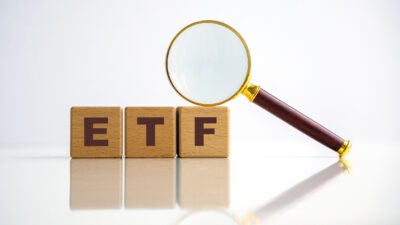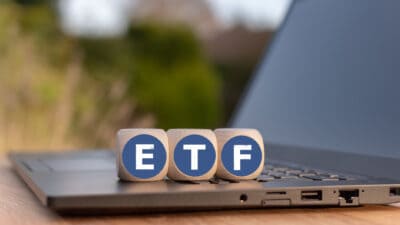ASX investors pay fund managers millions of dollars every year to invest their money in the stock market on their behalf.
Whether it's buying into managed funds, listed investment companies (LICs), or actively managed ETFs, many Australian investors entrust highly paid professional fund managers to get the best bang for their buck from the markets.
The conventional wisdom is that highly paid, highly educated professionals who spend their entire working day analysing individual stocks to find the best performers on the markets can easily outperform a simple index fund.
However, this conventional wisdom is wrong, at least according to an analysis by one of the world's largest financial companies. S&P Global is the name behind famous indexes like the S&P 500 Index (SP: .INX) and our own S&P/ASX 200 Index (ASX: XJO).
Twice every year, S&P Global uses its SPIVA Scorecard to rank the performances of fund managers in a market against the returns of that market's basic index.
So how many professional fund managers were able to beat the returns of the ASX 200 Index over the ten years to 30 June 2024, do you think? 80%? 50%?
If you guessed those numbers, you'd be way off.
How to beat 82% of ASX fund managers
According to S&P Global, a mere 17.84% of fund managers beat the ASX 200 over the ten years to 30 June 2024. Yep, a whopping 82.16% of professional fund managers couldn't even beat a basic index of Australian shares.
This means that buying a simple ASX 200 ETF back in July 2014 would have been a statistically sensible decision. You would have received a better return over the subsequent decade than more than four out of every five professional ASX fund managers.
This superior return would have cost you less as well. Most simple ASX 200 index funds charge annual management fees of less than 0.1%. In contrast, a professionally managed fund typically charges its customers anything between 0.5% and 1.5% per annum. If one has $10,000 to invest, that's the difference between paying $10 and $150 in fees every year.
If S&P Global's statistics are to be believed, that would equate to paying more money for less returns.
So, if you've been considering investing in a managed fund on the ASX, you might want to consider the iShares S&P/ASX 200 ETF (ASX: IOZ), the BetaShares Australia 200 ETF (ASX: A200), or the SPDR S&P/ASX 200 Fund ETF (ASX: STW) instead.







